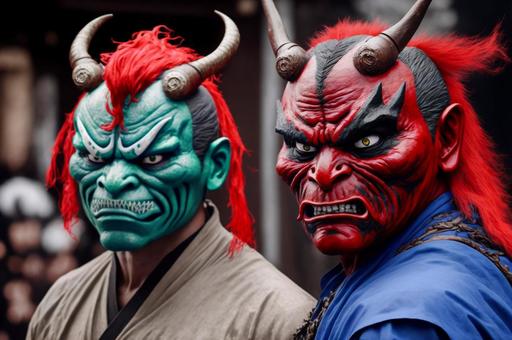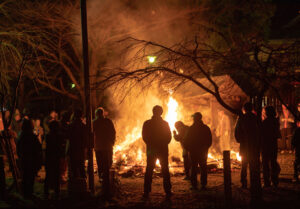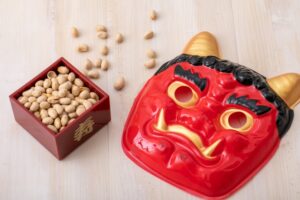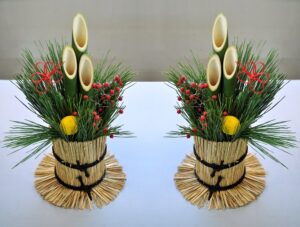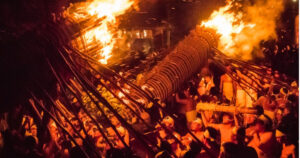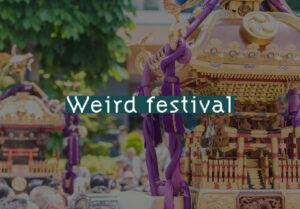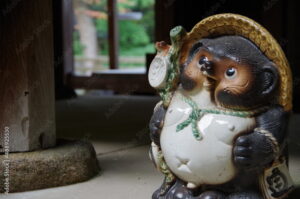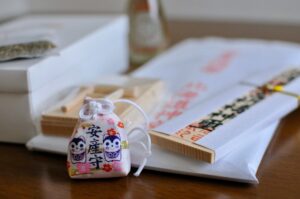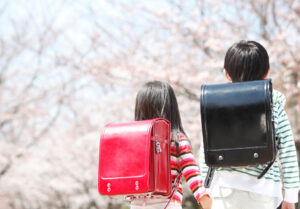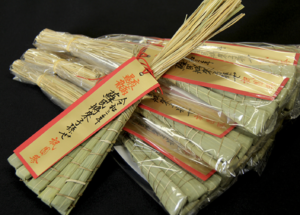The “Oni” in “Blade of Demons” (鬼滅の刃 Kimetsu no Yaiba) are depicted as terrifying creatures that feed primarily on humans. They have astonishing regenerative and physical abilities, and they seek to sustain their lives and strengthen their abilities by feeding on humans.
Since ancient times, ” Oni ” have been spoken of in Japanese history and daily life. Despite their terrifying presence, they appear in various aspects of daily life, including idioms, games, and traditional events.
What is an Oni?
What is an Oni? Demon? Ogre?
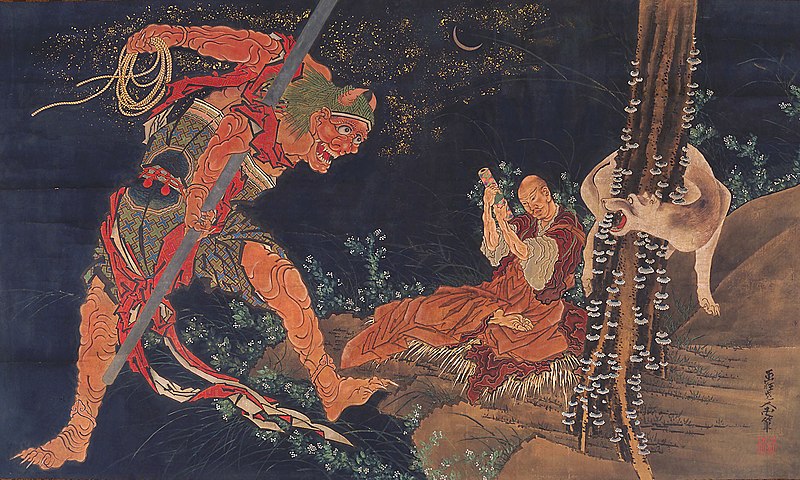
Oni, as told throughout Japanese history and life, are defined differently as religious beings, yokai, human grudge spirits, and legendary deities.
To sum it up roughly, an Oni is an invisible being that surpasses human power and brings misfortune to people.
Oni in Buddhism
The common image Japanese people have of demons is that of a large, frightening figure with horns and fangs. This image is derived from the image of demons in Buddhism.
◉Gaki / Hungry demons
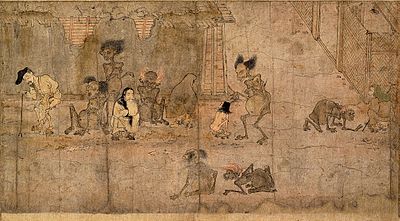
It is believed that greedy people who monopolized money and food in their previous lives will be reborn as Gaki (“hungry demons”).
In Buddhism, there are six worlds, and the deeds of one’s previous life determine the world in which one will live in the next life.
One of these worlds is called “Gakido,” which is the world of the departed who constantly suffer from hunger and thirst. Those who live in this world are “Gaki,” one of the “Oni” (demons).
◉ Oni: Demons in Hell
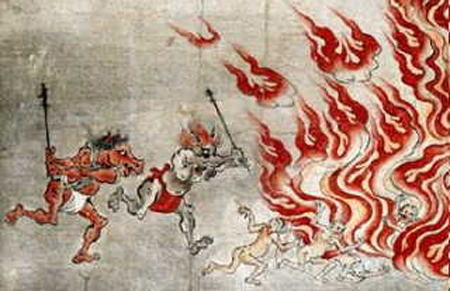
Another demon that appears in Buddhism is the demon in hell. The common image of Oni is derived from the demons of Hell.
The “hell path” is the hardest and most painful of the six. It is believed to be the place where those who have committed evil deeds, such as murder, in their previous lives fall. The demons of hell torture the deceased there and make them suffer to atone for their sins.
Oni as Ogres
Many of the oni that appear in folktales are ogres. They have been believed to be human-eating, harmful, and terrifying. They are depicted as super-scientific, mysterious, and terrifying monsters with mysterious powers.
In the past, unknown natural phenomena and unidentified creatures were also thought to be the work of Oni. They are thought to be the result of vague fears and anxieties about “something unknown”.
Oni as Grudge Spirits
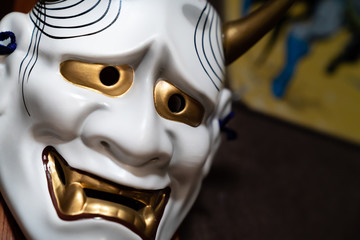
The representative of the human grudge spirits is Hannya. It is a human woman who has turned into a demon out of anger, sadness, or jealousy.
They appear as spiritual beings rather than demons or monsters. Human resentment and jealousy become evil spirits and transform into demons. Since they are born from evil spirits, they are treated as objects of fear that bring misfortune to people.
Oni as Mountain Deity
Since ancient times, Japanese people have believed that kami or spirits dwell in all things. Therefore, we naturally accepted the fact that there are things invisible to the eye and beings beyond human understanding.
Oni are considered to be one such being, and can refer to the deities that guard the mountains and land.
What color are Oni? What is the difference between different colored Oni (“ogres”)?
Red and blue Oni ( ogres ) are often seen in Japanese seasonal festivals. We also see yellow and green ogres. Now, what color demons are there?
Oni come in five colors
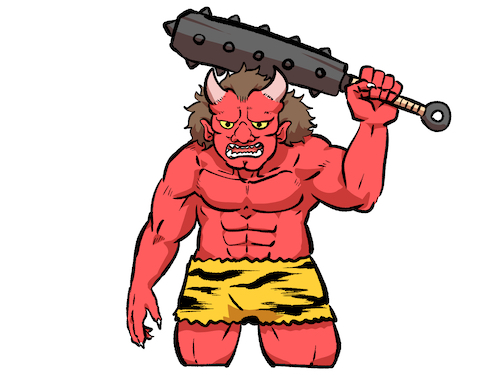
The common image of “Oni” in Japan is that of a specter based on Buddhist teachings. Its ogres come in five different colors. They are depicted with one or two horns on their heads, tiger-like fangs, and a waistcoat of tiger skin.
These five colors represent the Buddhist idea of the “five lids”. The “five lids” are the five worldly desires that interfere with the practice of meditation. For each affliction, a color is assigned to an Oni (demon). In other words, the different colors of the demons represent the characteristics of the afflictions.
Five worldly desires
The five worldly desires in Buddhism are
- Ton-yoku : greed, seeking for pleasure through the five sense.
- Shin-ni : Ill-will, feelings of hostility, resentment, hatred and bitterness.
- Jo-ko Osa : weakness of mind and regret.
- Kon-jin Sui-men : the inability to calm the mind and focus one’s energy.
- Gi : doubt, lack of conviction or trust in one’s abilities.
Aka-oni : Red ogre
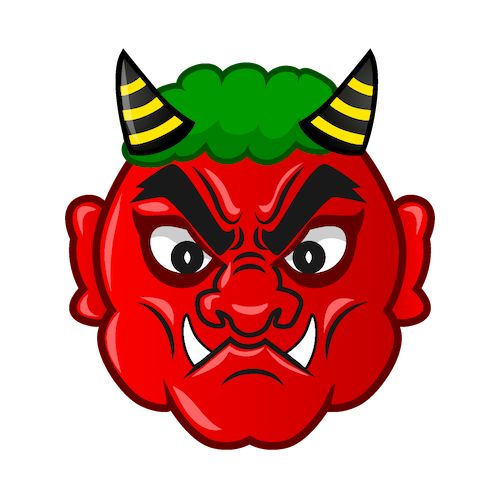
The red ogre represents the affliction of “Ton-yoku” (“greed”).
The red ogre is the most famous because this desire is the symbol of all evil spirits.
Ao-oni : Blue ogre
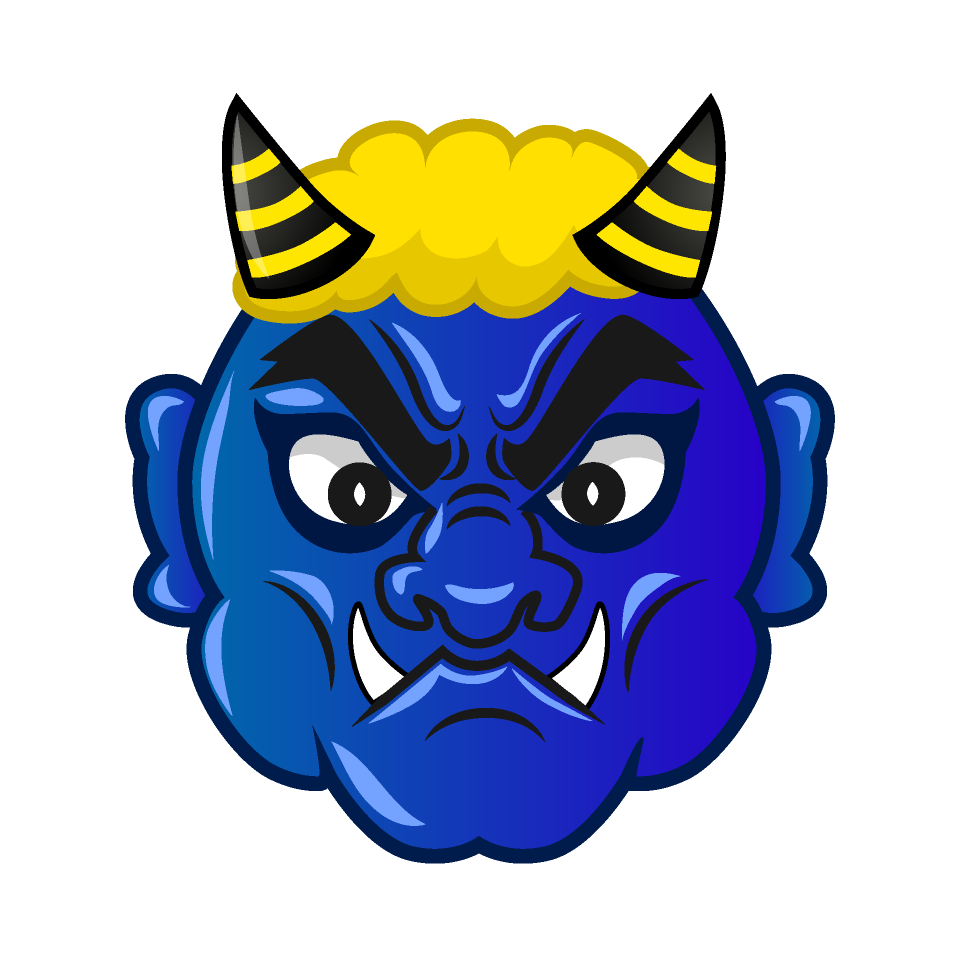
The blue ogre represents “Shin-ni”. The blue ogre represents anger, resentment, hatred, hostility, hatred and so on .
Ki-ki : Yellow ogre / Shiro-oni : White ogre
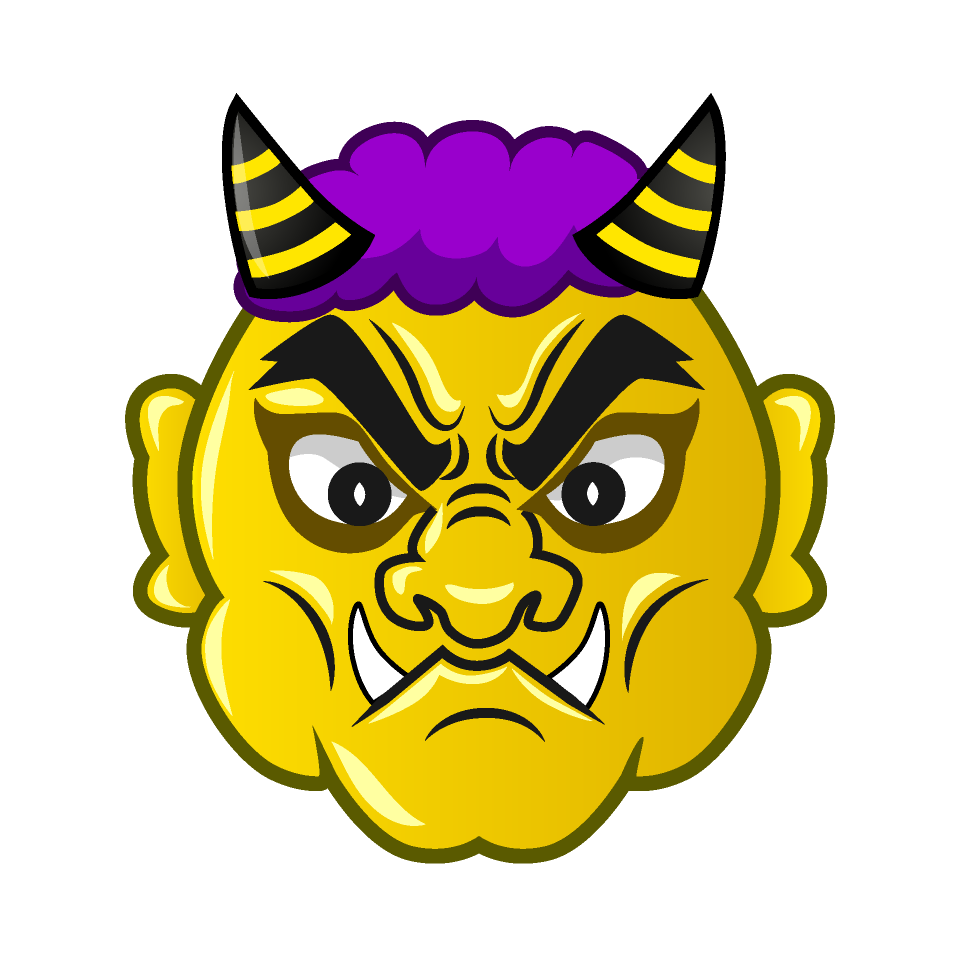
The yellow ogre represents the afflictions of “Joko-Osa”. It reflects the weakness of one’s mind, such as flirtatiousness, naivete, and attachment. The yellow ogre is also said to be white.
Ryoku-ki : Green ogre
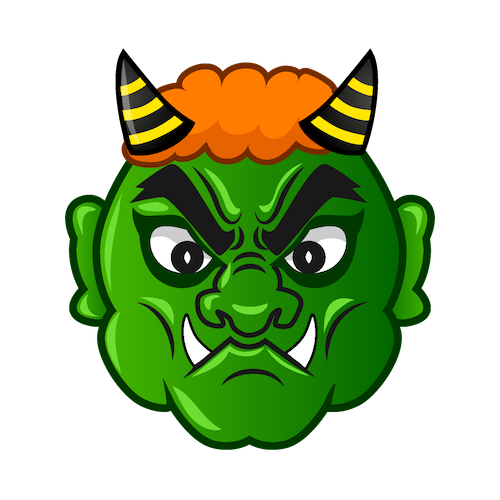
The green demon represents the afflictions of “kon-jin Sui-men”. It signifies unhealthiness and intemperance caused by a lazy mind that does not do what needs to be done and sleeps idly.
Kuro-oni : Black ogre
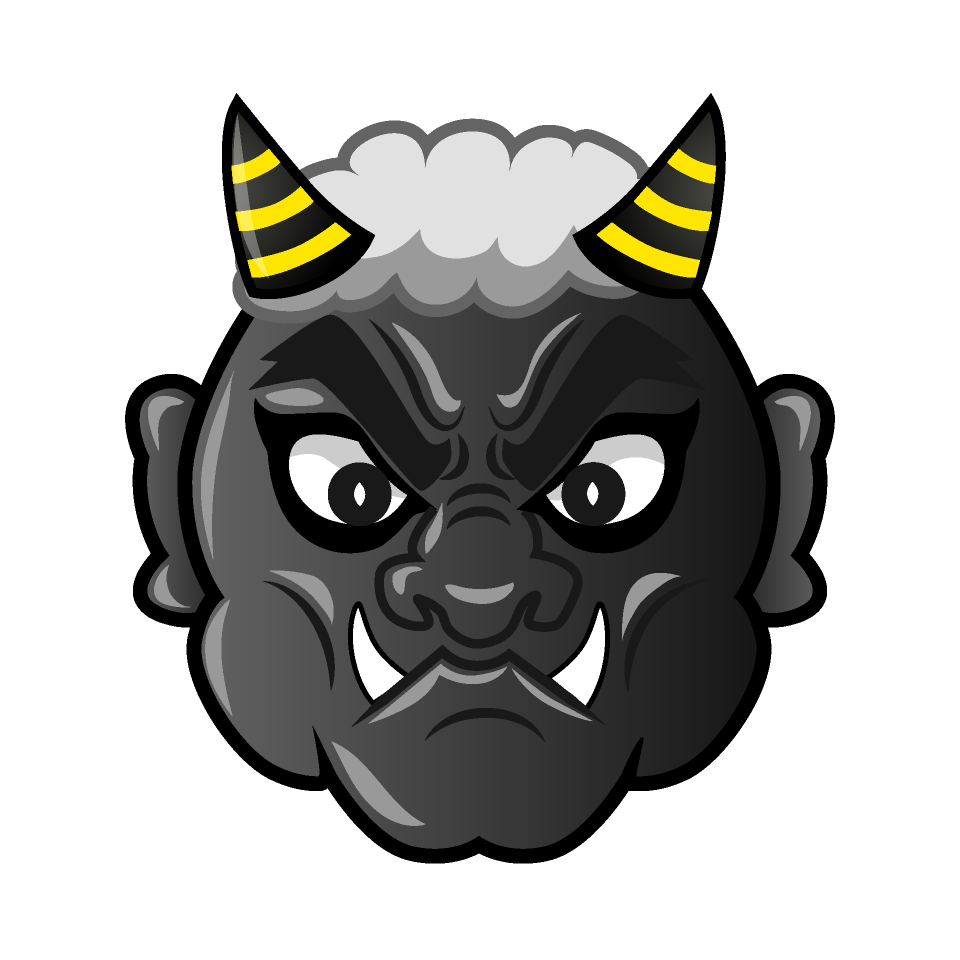
The black demon represents the affliction of “Gi” (doubt). The mind that doubts itself and others, as well as complaining, reflects the mind of grievance and lowly feelings within oneself.
“Oni” as a modifier
Oni” is also used as an emphatic expression. As a youth language, its usage continues to change little by little.
Emphasis on fear
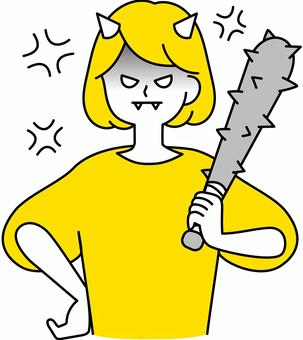
Oni instructor, oni coach, oni prosecutor, oni wife, etc. Sometimes, simply ” Oni”.
Adding “oni” to the front of a word makes it a modifier: ruthless, scary, or harsh.
An evolved version of “oni” is “pretty amazing”

Often used with an adjective or adverb for maximum emphasis. It is used in the sense of “so amazing that no matter how much emphasis is placed on it, it is never enough.
Oni kawaii, oni tasty, oni scary, oni skillful, oni amazing, oni fast…
✔ Please note that this is a young people’s language, and if used by people who are past the age of “young people”, it may make others feel strange.
Oni idioms
There are many idiomatic expressions in which “oni” is used.
疑心暗鬼:Gishin-anki
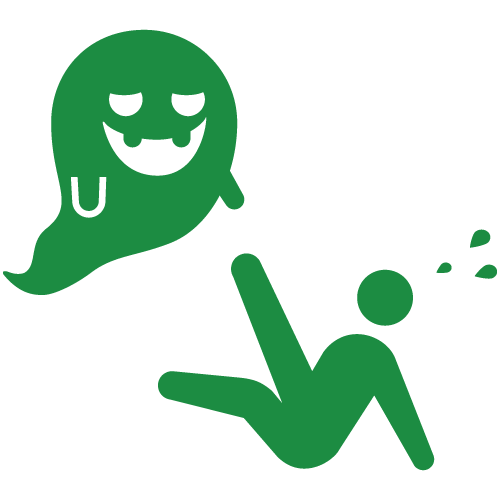
When doubt arises, even the most innocuous things become frightening, as if one can see the appearance of an impossible demon.
神出鬼没:Shin-syutsu-ki-botsu
To appear and disappear at once like a demon or a god, so that one’s whereabouts are not easily ascertained.
鬼に金棒:Oni ni Kana-bo
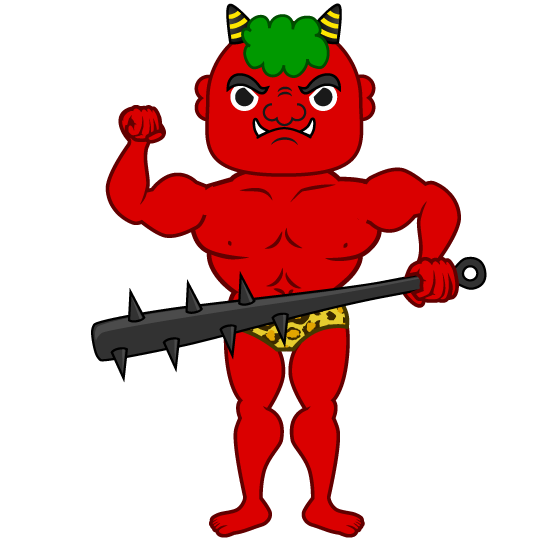
A metaphor for the addition of something even more powerful to something originally strong, as when a strong and fearsome demon is given an even more powerful weapon.
心を鬼にする :Kokoro wo Oni ni suru
To be harsh with the other person while feeling sorry for his/her circumstances
鬼の首を取ったよう:Oni no Kubi wo totta yo
To be in a pompous attitude, as if one had a major role to play.
鬼の目にも涙:Oni no Me nimo Namida
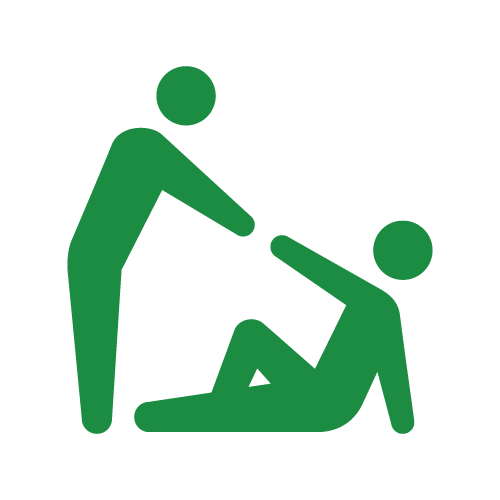
Even the most ruthless of demons can sometimes shed tears of compassion, and this means that even those who are usually harsh and merciless can feel compassion and show kindness to others.
鬼の霍乱:Oni no kaku-ran
An example of a normally very strong person who unexpectedly falls ill.
鬼の居ぬ間に洗濯:Oni no inu ma ni Sen-taku

To take a break and relax when the master or other noisy people are not around.
Oni (ogres) are mysterious monsters that bring misfortune and are the darkness of the human heart.
Oni may be lurking right beside you. Be careful.

A VPN is required to use Japanese websites, TV, and video viewing services overseas. NordVPN is easy to use and cost-effective! 30 days money back guarantee.
^^ Access Japanese content safely and reliably! ^^

